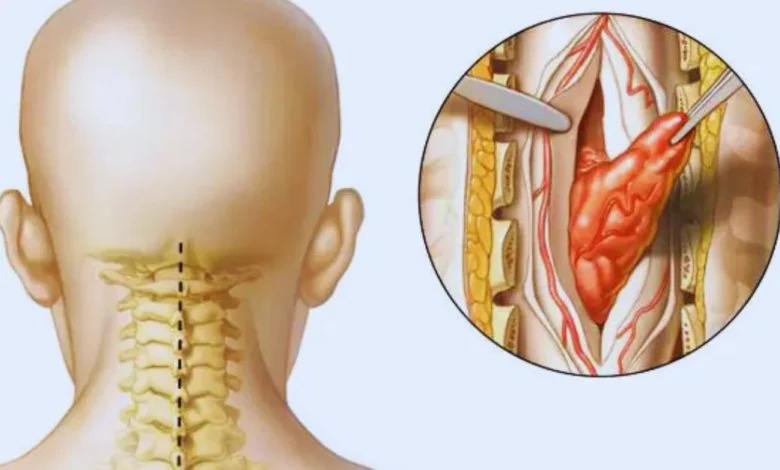What Are Your Treatment Options For Spinal Tumors?

The knowledge that you have a spinal tumor may sound scary. A spinal tumor develops as a growth within your spinal bones and canal, leading to debilitating pain. Sometimes, you may develop paralysis from spinal tumors, which may be life-threatening and can even lead to permanent disability.
While they may not all be cancerous, spinal tumors Edison can interfere with your spine function and health. Progressing spinal tumors can cause pain and need medical intervention to improve your symptoms. The following is a discussion of common treatment options your doctor may recommend for spinal tumors.
Monitoring
Your doctor may recommend carefully watching your spinal tumors, especially if your doctor discovered them early. Certain spinal tumors are detectable before they cause uncomfortable symptoms, often when your doctor evaluates you for another medical condition. Additionally, your doctor may recommend monitoring if you have small tumors that are not growing and not pressing on your surrounding tissues. During monitoring, your doctor may perform CT and MRI scans at different intervals to observe your tumors’ progressions.
Surgery
You will likely need surgery to remove your spinal tumors with an acceptable risk of spinal nerve injury and damage. Your doctor will choose a fitting surgery technique that allows them to reach your seemingly inaccessible tumors with the help of imaging to help distinguish a tumor from healthy tissues. During surgery, your doctor may also use high-frequency sound waves to break tumors and remove their fragments. However, your doctor may not remove all the spinal tumors and may recommend surgery followed by chemotherapy and radiation therapy. Spinal surgery may mean longer recovery periods, but it will depend on the procedure you will undergo.
Radiation Therapy
Your doctor may recommend radiation therapy after you have spinal surgery to eliminate remaining spinal tumors. Radiation therapy can also help treat inoperable tumors and tumors where your doctor considers surgery a risky procedure. During your radiation therapy, your doctor may adjust your treatment regimen to help minimize damage to your surrounding healthy tissue and make treatment more effective. You may need a change in the dosage of your radiation and the use of sophisticated techniques, including 3D radiation therapy.
Chemotherapy
Chemotherapy works as a standard treatment for many forms of cancer. Treatment usually involves using medications to destroy the resulting cancer cells and stopping them from growing to reduce the effects and symptoms they cause. Before your chemotherapy session, your doctor will evaluate you to determine if it works. You may need chemotherapy as a stand-alone treatment or in combination with radiation therapy.
After chemotherapy, you may have side effects like fatigue, nausea and vomiting, and hair loss. Since radiation therapy may cause inflammation in your spinal cord, your doctor may prescribe corticosteroids to help lower swelling.
Anyone can develop a spinal tumor, but you are more likely to develop it if you live with breast, lung, and prostate cancers. Such cancers usually metastasize to other areas of your body, including your spinal column, to cause spinal tumors. Small tumors may not cause symptoms since they cannot press your nearby tissues, but large progressive tumors may grow and cause pain. During your treatment, your doctor will recommend different treatments depending on the severity of your tumor. Treatment will relieve your pain and improve your quality of life.




